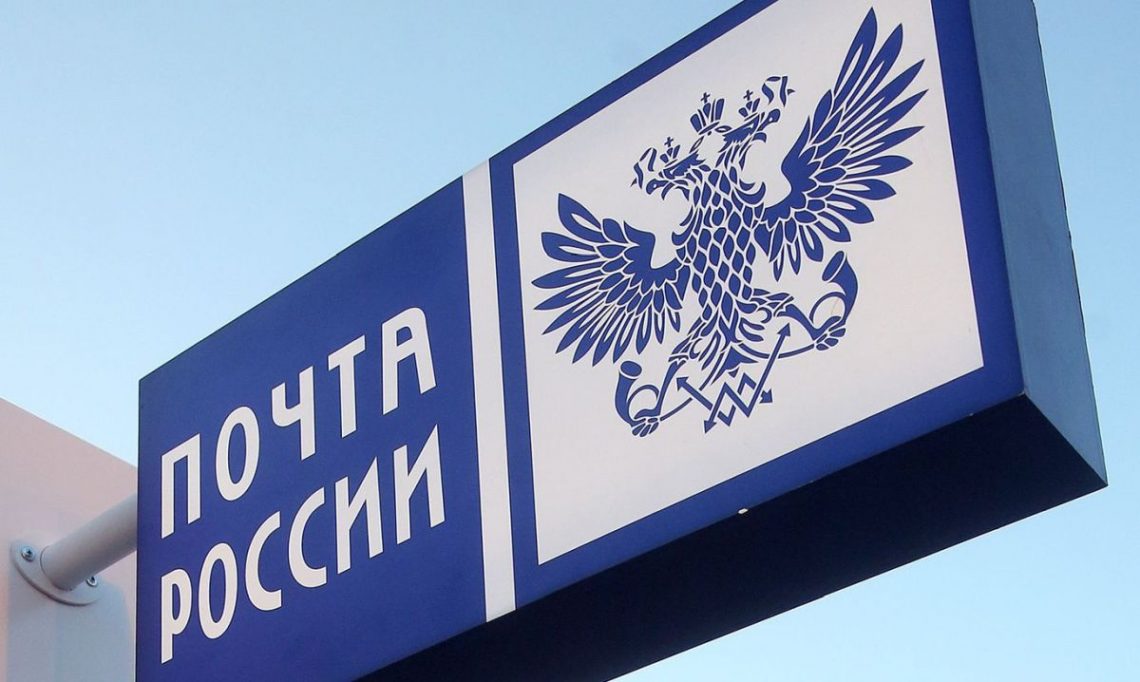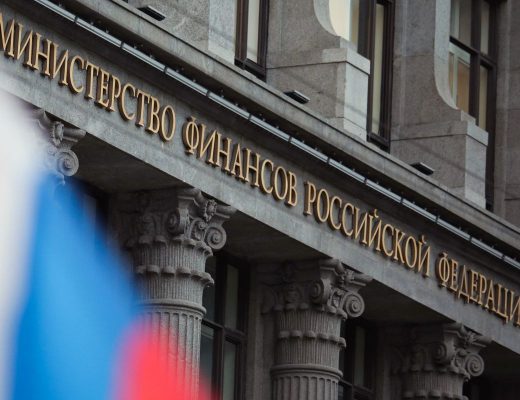How eternal bonds will help Russian Post become better
Russian Post releases its own investment program, and to finance it, the company decided to release perpetual bonds. Perpetual bonds are to be issued by the end of this year. This model of fundraising was borrowed by Russian Post from RZD.
In June, Russian Post received 70 billion rubles from the government to overcome difficulties due to the consequences of the pandemic. However, the financing scheme and its features were not known. Now, more information appeared, and official representatives of the state company confirmed that the placement of eternal bonds is planned in the near future.
The allocated funds will be used to reform and modernize a number of operations. For example, cardinal transformation is required by trunk logistics, it is necessary to introduce new digital solutions, improve existing products for users. In addition, the financing will also be used for transport renewal.

It is possible that another investor of the Russian Post will be the National Welfare Fund. Talks about funding from this source have been going on for a long time. Last time the issue was raised last autumn of last year. Then the head of the company appealed to the Prime Minister with a proposal to allocate from the fund about 40 billion rubles. This amount was reserved for Russian Railways, but since 2014 the corporation has not used these funds. Therefore, representatives of the Post considered it as a financing option. So far, the final decision on this money is unknown, but there is a good chance that they will go to reform the postal operator.
Perpetual bonds are a type of debt securities, which are provided without a fixed term for repayment of debt obligations. When they are purchased, it is possible to receive income for an unlimited period of time or sell the paper at any time. In case of issuance, the issuer shall have the right to set a condition for forced repayment after a certain period, for example in 10 or 15 years.
Perpetual bonds are the average option between preferred shares and standard long-term securities. Moreover, such bonds contain the characteristics of both. For example, as with shares, in this case it is not necessary to return the amount invested. And just like in bonds, in perpetual bonds the amount of income is stable and does not depend on the issuer’s profit.
Often, the issue of perpetual bonds is carried out by banks, which allows to attract these funds into the capital of both the first and second levels.
For the first time Perpetual Bonds placed the Bank of England in 1753, these papers are still sold on the London Stock Exchange, and allow you to get an income of 2.5% per annum. And these bonds can be redeemed at any time.










